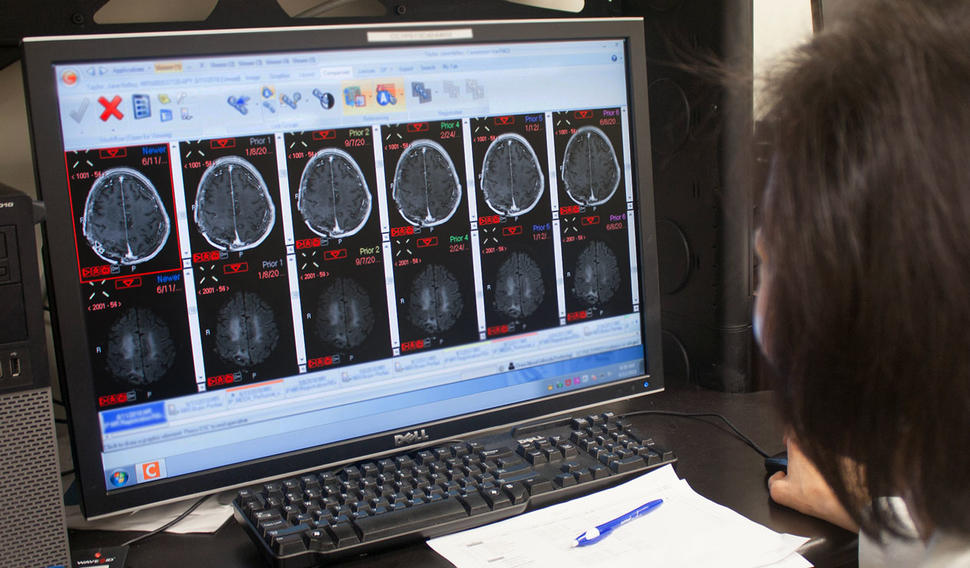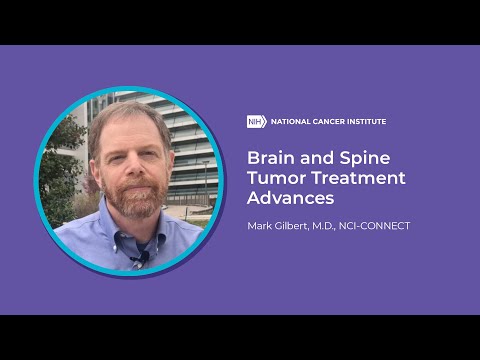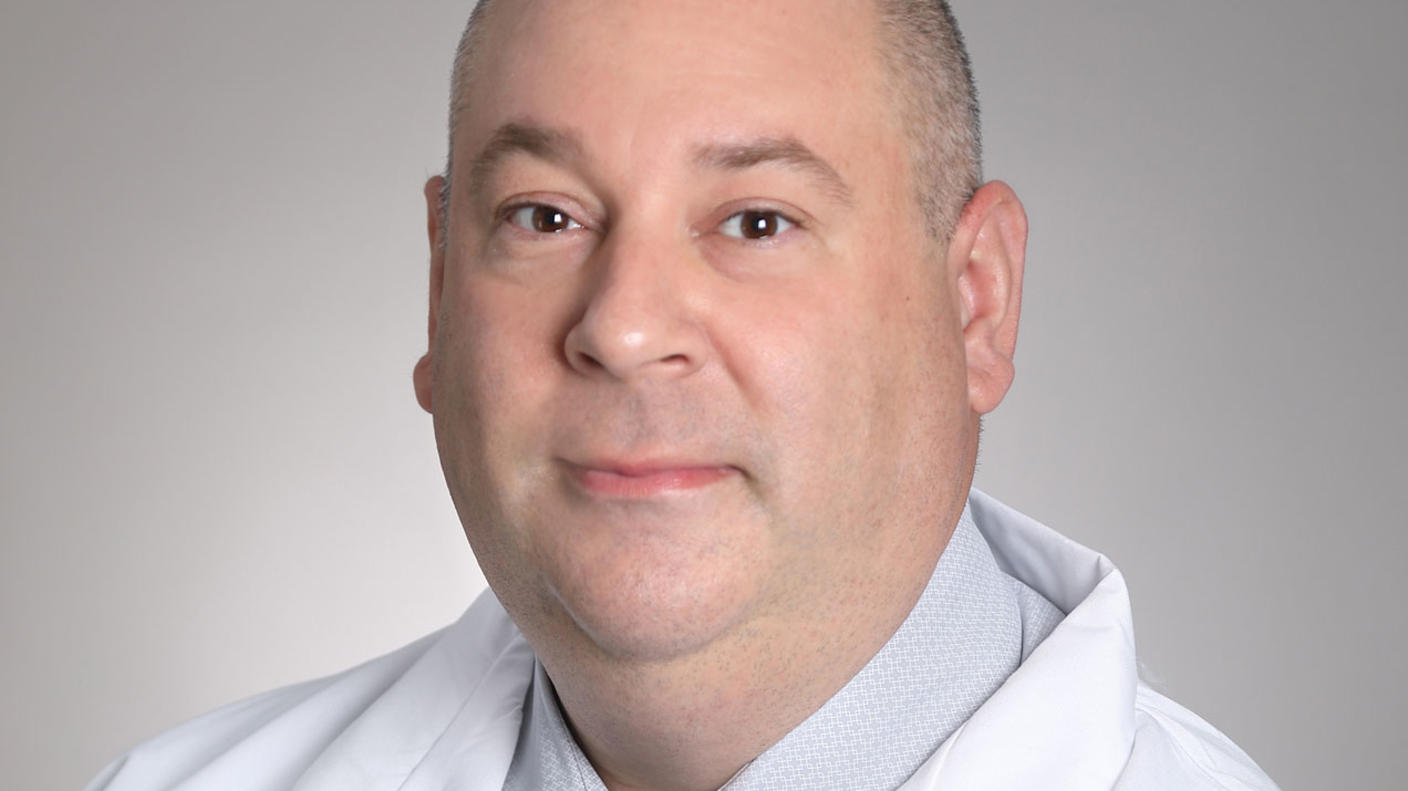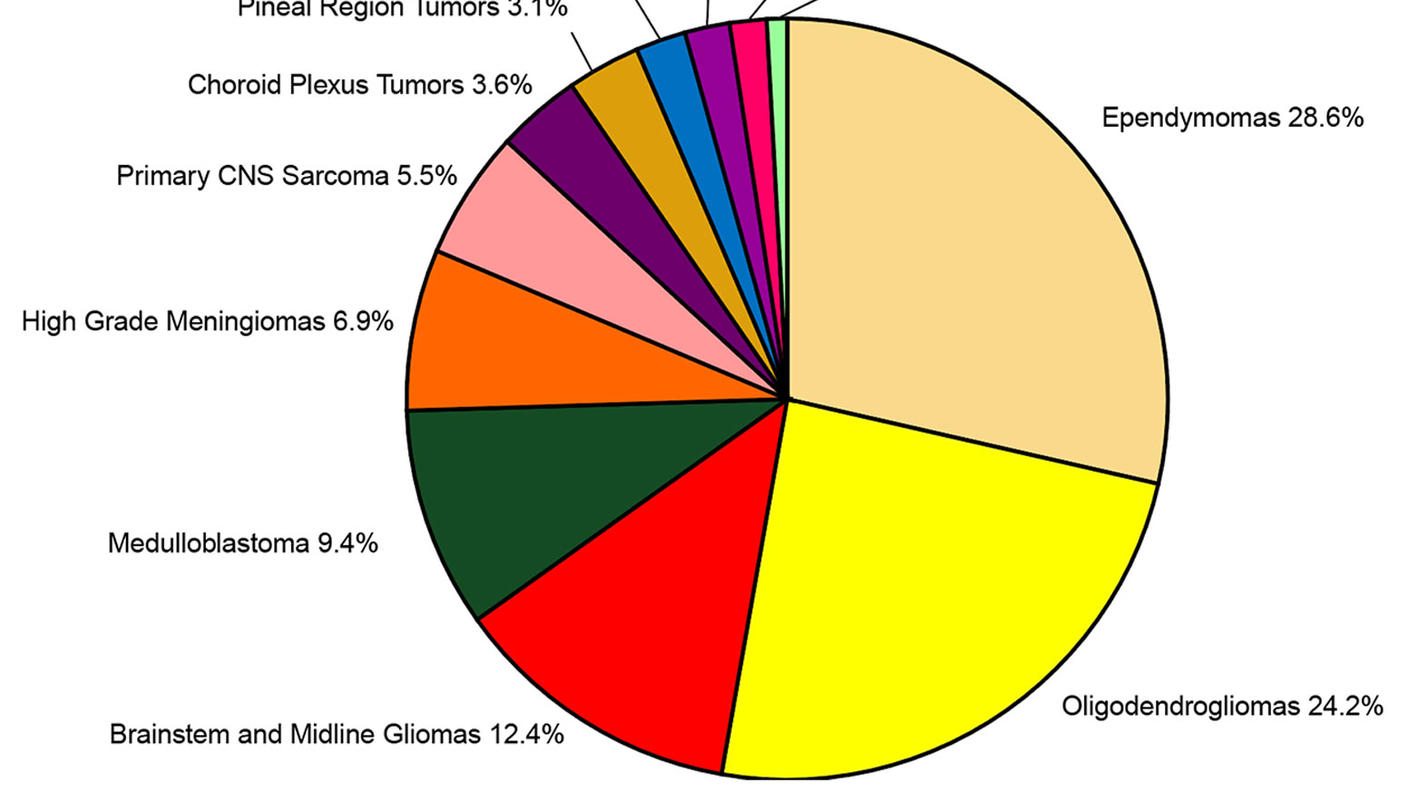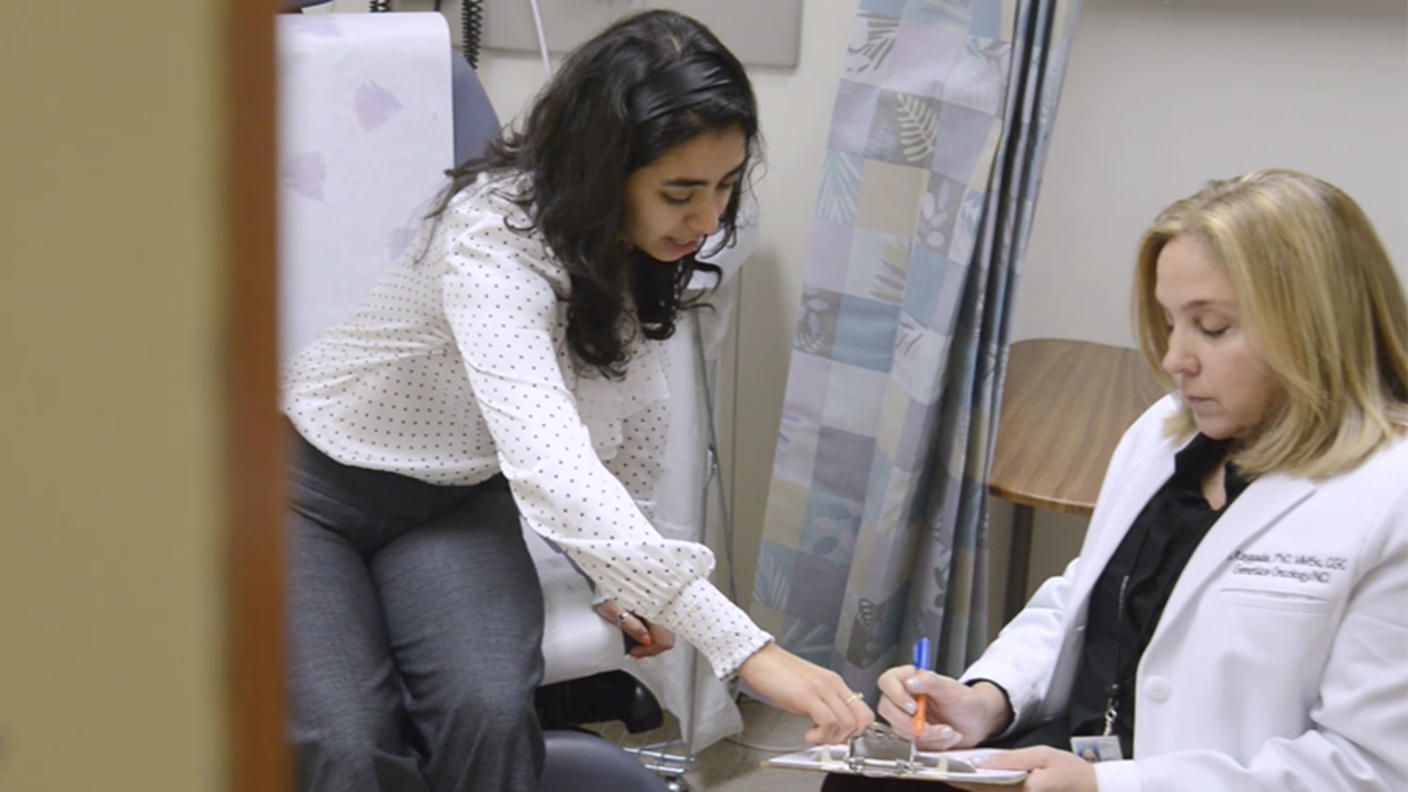Who Treats Central Nervous System Tumors?
People with central nervous system (CNS) tumors are usually cared for by a team of health care professionals who have special training. Depending on your needs, the following providers may be part of your care team:
- Neuro-Oncologist: A doctor who specializes in the diagnosis and treatment of CNS tumors and other neurologic complications due to cancer
- Oncologist: A doctor who treats cancers, including CNS tumors
- Neurologist: A doctor who manages CNS disorders
- Neurosurgeon: A doctor who diagnoses and surgically manages CNS diseases
- Radiation Oncologist: A doctor who plans and gives radiation therapy
- Neuroradiologist: A doctor who diagnoses CNS diseases using imaging techniques, such as magnetic resonance imaging (MRI) scans, computerized tomography (CT) scans, and positron emission tomography (PET) scans
- Neuropathologist: A doctor who examines CNS tissue to determine diagnosis
- Neuropsychologist: A psychologist who studies the function and structure of the brain, as well as changes in thinking, memory, and behavior that can result from problems in the brain
- Psychologist: A health care professional who evaluates both normal and abnormal mental states and behavior
- Social Worker: A health care professional who helps people cope and resolve problems in their everyday lives by providing guidance and resources
- Genetic Counselor: A health care professional who evaluates risk and management of inherited conditions for people and families
- Nurse Practitioner and Physician Assistant: Health care professionals who diagnose and manage both acute and chronic illnesses
- Nurse: A health care professional who cares for people, families, and communities, in addition to overseeing the management of care as prescribed by a doctor, nurse practitioner, or physician assistant (e.g., inpatient care, outpatient care, hospice care, or research studies)
People with a rare CNS tumor should seek a medical diagnosis, care, and treatment from a team with experience in their specific disease.
How Are Tumors Monitored?
People with CNS tumors are usually monitored with imaging procedures. The most common imaging procedure is an MRI, which may include specialized MRI techniques such as spectroscopy and perfusion scans. Sometimes CT scans and PET scans are used as well. Your physician will decide how often you have imaging studies. A neuroradiologist will also read your scan results and share them with your physician.
Who Reviews Tumors to Determine an Accurate Diagnosis?
A neuropathologist should review your tumor tissue and determine the grade and tumor type based on how it looks under a microscope. The neuropathologist will also further describe your tumor based on genetic changes and share this information with your physician.
How Are Tumors Graded?
Primary CNS tumors are grouped by how the tumor tissue looks under a microscope and, sometimes, by certain genetic changes in the tumor. CNS tumors are graded based on World Health Organization (WHO) criteria as either grade 1, 2, 3 or 4 (also written as grade I, II, III, or IV). Some tumors are low-grade tumors (grades 1 and 2), while others are high-grade (grades 3 and 4). Treatment and prognosis of primary CNS tumors depend on tumor location, tumor type, extent of tumor spread, genetic findings, the patient’s age and function, and tumor remaining after surgery.
- Grade 1: The tumor cells look more like normal, healthy cells under a microscope and the tumor spreads slower than grades 2, 3, and 4. Grade 1 CNS tumors rarely spread into nearby tissues. They may be cured if they’re completely removed by surgery.
- Grade 2: The tumor grows and spreads slower than grades 3 and 4. Grade 2 tumors may spread into nearby tissue and come back as a higher grade tumor.
- Grade 3: The tumor cells look very different from normal cells under a microscope and the tumor grows quicker than grades 1 and 2. Grade 3 tumors are likely to spread into nearby tissue.
- Grade 4: The tumor cells don’t look like normal, healthy cells under a microscope. They grow and spread very quickly.
What Is a Tumor Type?
CNS tumors are grouped together based on either the type of cell they start from or their location in the CNS. In addition, the current classification of CNS tumors is starting to incorporate DNA changes. The diagnosis of certain tumors (for example, oligodendrogliomas) requires that specific DNA changes be present in the tumor cells. Tumor subtypes can also be defined within each tumor type (for example, in ependymoma and medulloblastoma) based on specific DNA changes and tissue characteristics. These tissue characteristics include:
- How the tumor cells look under a microscope
- If there are certain substances in or on the tumor cells
- If there are certain changes to the DNA of the tumor cells
There are over 100 different CNS tumor types and subtypes. It’s important to know your tumor subtype, if possible, in order to plan treatment and determine prognosis. Ask your physician if your tumor has subtypes and how your tissue can be evaluated.
What Is Prognosis?
You may have questions about how serious your cancer is and your chances of survival. The likely outcome of your disease or your chance of recovery is called prognosis. Many factors can affect your prognosis. These include tumor grade, location, tumor type, extent of tumor spread, genetic findings, your age, and tumor remaining after surgery (if surgery is possible).
Doctors estimate prognosis by using statistics that researchers have collected over many years about people with the same type of cancer. Statistics are based on large groups of people. They cannot be used to predict exactly what will happen to you. If you want to understand your prognosis, talk to your doctor.
NCI-CONNECT has partnered with the Central Brain Tumor Registry of the United States (CBTRUS) to understand the prevalence (number of people currently living with the disease), incidence (number of new people diagnosed each year), and survival rates of 12 select rare primary CNS tumors.
Are CNS Tumors Genetic?
All cancers are genetic diseases but most are not hereditary. Genetic diseases are caused by certain changes in genes that control the way cells function. These changes often happen when cells grow and divide. Most cancers are caused by changes in genes in the tissue or organ where they develop. Only 5–10 percent of all cancers are hereditary, which means they could be passed down through a family.
Are CNS Tumors Hereditary?
Most CNS tumors aren’t hereditary and therefore are not likely to be passed down through a family. The small percentage of CNS tumors that are hereditary are due to rare syndromes that make someone more likely to have specific cancers. Doctors can find people and families at risk for these conditions by offering genetic counseling and tests. If you are concerned that your family or medical history may increase your chances of developing cancer, talk to a genetic counselor. NCI-CONNECT offers patients with select rare CNS tumors a personalized meeting with a genetic counselor during clinic visits.
